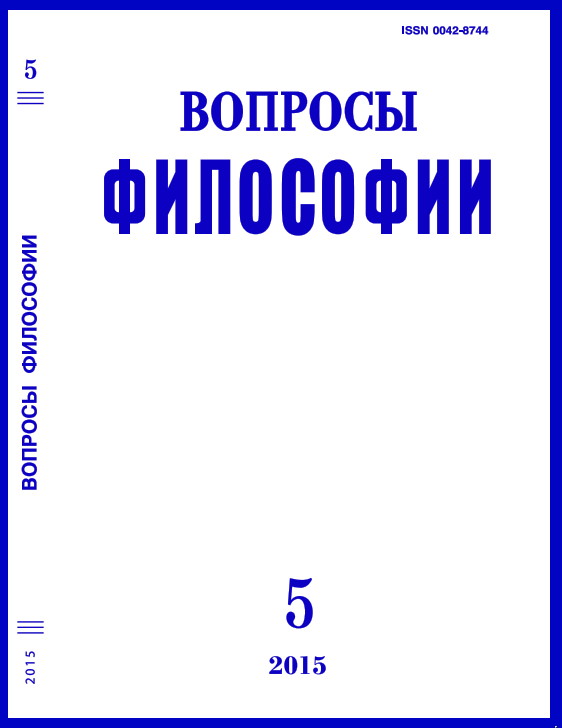Атомизм /атомистический подход в физике и математике и культурный контекст.
Аннотация
На “круглом столе”, проведенном в Институте философии РАН 18 июня 2014 г., исследовалось соотношение атомистического и континуалистского подходов в современном научном и философском дискурсе о квантовой физике. Участники обсудили возможность соединения гуманитарного и физического подходов через введение метафор для выявления связи между математической точкой и физическим атомом (модели часов и линеек рассматривались как порождающие образы для построения физических пространства и времени – В.В. Аристов), через понятие о слабых связях, позволяющее перенести развитые в физике идеи в гуманитарную сферу (Л.И. Маневич). Гейзенберговский подход к квантовой механике объяснялся как введение двумодусной онтологической схемы – бытия в возможности и бытия актуального (А.Ю. Севальников). Платоновский атомизм сопоставлялся со структурным реализмом (Е.А. Мамчур), а язык квантово-полевых диаграмм Р. Фейнмана – с порождающими грамматиками Н. Хомского (В.Г. Буданов). Была предпринята попытка исследовать концепции дискретности и континуальности в категориях теории сложности (В.И. Аршинов). Современная квантовая физика была представлена как наследница “линии Аристотеля” в противоположность “линии Платона” и “линии Демокрита” (А.И. Липкин). Затронуты проблемы исследования “культурных следов” или культурных смыслов в языке физики при его ассимиляции в других культурах (на примере китайской – М.В. Рубец), содержание понятий “дискретного” и “континуального” в современном атомизме (Ю.И. Манин) и значение “геометрического подхода” в физике XX в.

